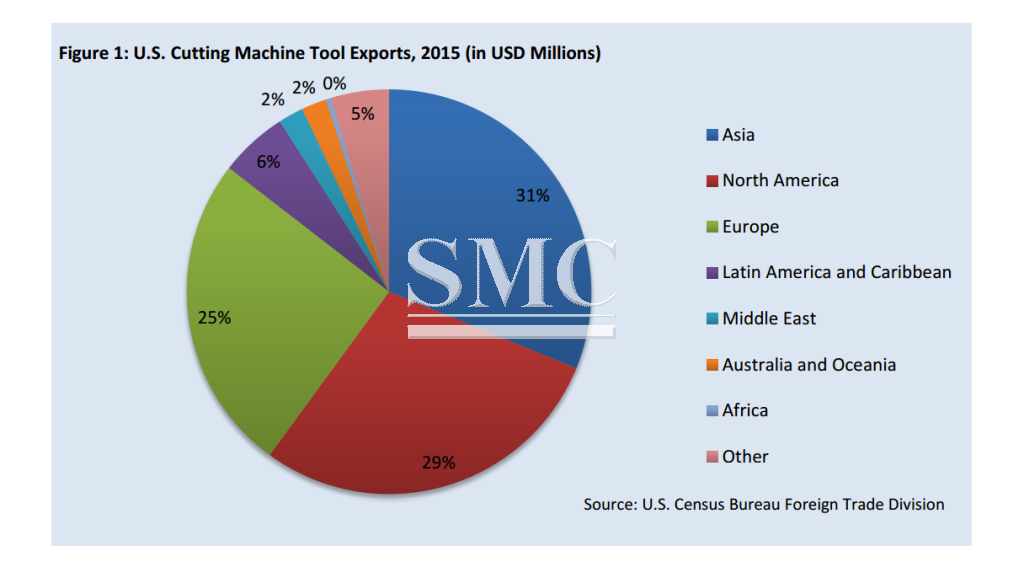Notice: Undefined index: sith_hide_share in /www/sites/alloy.wiki/index/wp-content/themes/likegoogle/single.php on line 32
Deprecated: get_settings is deprecated since version 2.1.0! Use get_option() instead. in /www/sites/alloy.wiki/index/wp-includes/functions.php on line 4862
According to 2016 ITA Manufacturing Technology Top Markets Report , machine tools used for cutting metal are ubiquitous in metalworking. Some machines such as horizontal lathes have existed in one form or another since antiquity; while others such as computer-numerical controlled (CNC) five-axis vertical machining centers are more recent.
Metal-cutting machine tools are generally powered by electric motors and employ one of many cutting processes such as turning, milling, grinding, boring, and more to achieve the desired cut on the metal work piece. Skilled machinists will use a variety of tools and fixtures to achieve different cuts and levels of precision on a work piece, which can range from a household screw to a jet-engine turbine blade. Metal-cutting machine tools are sold based on the needs of the customer.
Machines typically price in the five- to six-figure range, while some highly specialized machines can reach into the millions. Many short-run manufacturers may not require the automated precision of CNC, whereas others may require high-volume production with accuracy up to the micrometer. The greater the capability of the machine, typically the greater the price and the greater the skillset required of the machinist and operator.
Challenges
One of the largest challenges for metal-cutting machine tool exporters are meeting the requirements imposed by export controls, in particular to markets such as China, India and Russia. Export controls are used by the U.S. Government to restrict the sale of dual-use technologies for the purposes of national security and foreign policy. Dual-use technologies, or technologies that can serve a commercial as well as military use, often include precision manufacturing equipment like five axis machining centers or precision measuring equipment.
While the overwhelming majority of products will not require a license to be exported, the U.S. Commerce Department’s Bureau of Industry and Security (BIS) requires licensure on certain products in order to enter certain markets. This is to ensure that dual-use products are not used for purposes contrary to the national security interest or foreign policy priorities of the U.S. government, including use in missile programs or in nuclear proliferation activities.
As a result, exporters of precision machine tools should familiarize themselves with the Export Administration Regulations and any other relevant regulations, or contact the Bureau of Industry and Security for further questions.

Guest contributors are welcome at the Alloy Wiki.It is a weekly wiki and guide on alloy information and processing technology, while also about the vast array of opportunities that are present in manufacturing. Our team of writers consists of a Machining Material Supplier / Machinist / Tool and Die Maker, a Biomedical Engineer / Product Development Engineer, a Job Development Coordinator / Adjunct Professor, and a President and CEO of a manufacturing facility.
Link to this article:2016 top markets report manufacturing technology
Reprint Statement: If there are no special instructions, all articles on this site are original. Please indicate the source for reprinting:Alloy Wiki,thanks!^^


